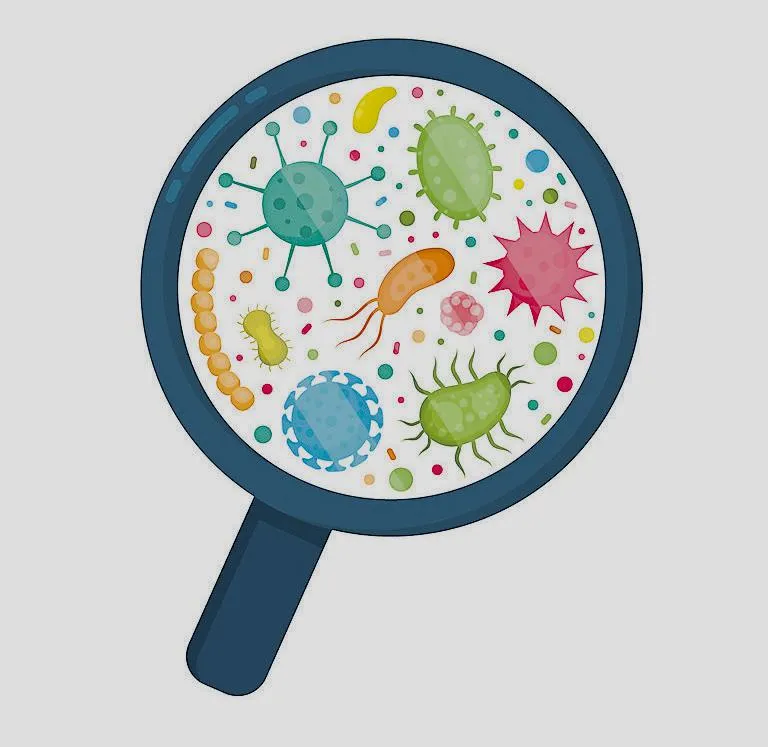My family was on the cusp of a significant transition when Covid-19 hit Italy. We had been living in Sicily serving refugees for three years and were preparing to move to Barcelona for a new season of ministry. We felt firsthand how quickly things got out of control since we were quarantined on 9 March as Italy was the first country in Europe to learn lessons about coronavirus the hard way. If someone had told me in January that coronavirus, with a 2.5 rate of contagion, would shut down the entire world, I would have laughed.
But now, the world watches anxiously to see whether we are able to successfully restart our economies without bringing on a second wave that wreaks more havoc than the first. What has become abundantly clear over the past several months is that the current coronavirus pandemic is dangerous, not because of the mortality rate, but rather the contagiousness of the disease. The two go hand-in-hand, of course, in the sense that the further the coronavirus spreads, the more vulnerable people will fall victim to its curse. This contagiousness, though, sounds similar to examples of discipleship that we see modelled in the New Testament.
The ‘contagiousness’ or reproducibility of biblical discipleship was clearly modelled by Jesus. His primary objective during the years of His ministry was not to see how many sermons He could preach, people He could heal, dead He could raise. Those things were all important. However, His ministry served as a model that Jesus intended to be reproduced. In Luke chapter nine, Jesus sends out 12 disciples to do the very things that he had been doing. Then, in Luke chapter ten, He sends out a group of 72. Jesus’ desire wasn’t to be the only one doing the ministry, but to invest in a few (12) so that the impact of his ministry would multiply.




